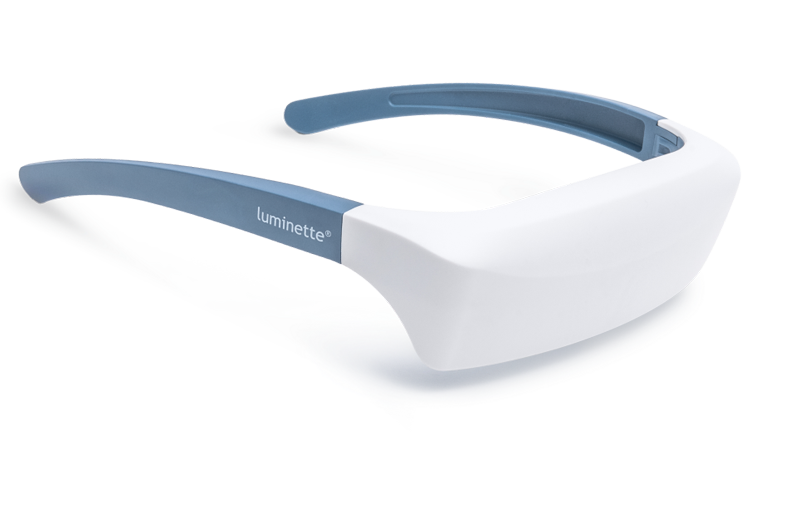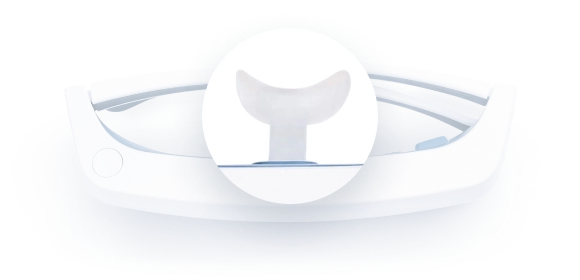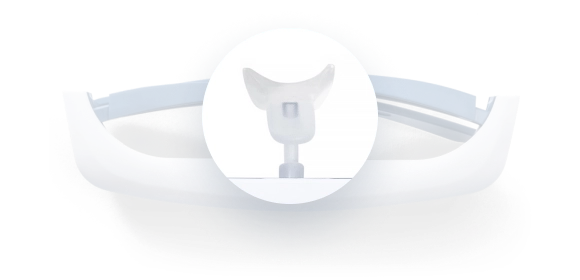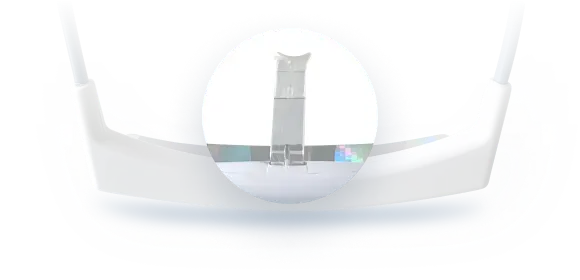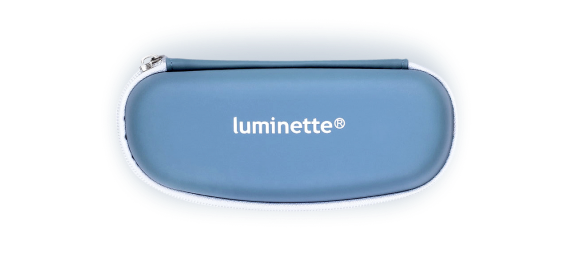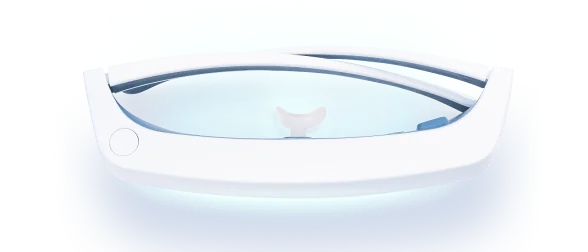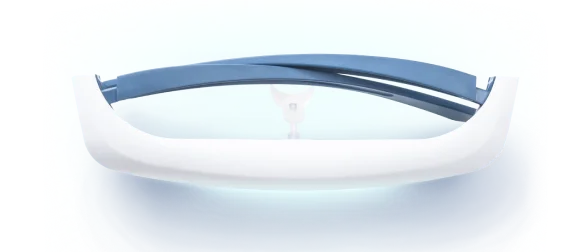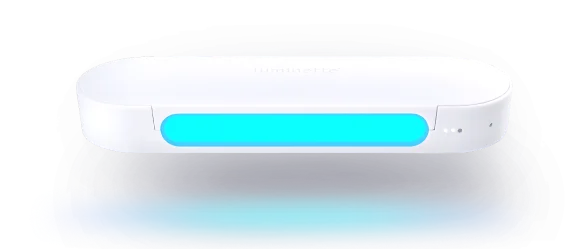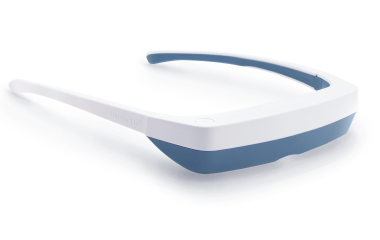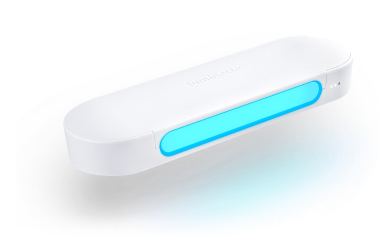Przegląd terapii światłem podczas ciąży
Terapia światłem podczas ciąży polega na wystawianiu ciała na działanie światła ultrafioletowego lub sprzętu do terapii światłem w okresie noszenia dziecka w łonie.
Chociaż leczenie jest generalnie bezpieczne dla większości populacji, wiele osób zastanawia się, jak bezpieczne jest dla kobiet w ciąży.
Zanim zagłębimy się w szczegóły terapii światłem i ciąży, szybko omówmy, czym jest i jak działa.
Czym jest terapia światłem i jak działa?
Jak wspomniano powyżej, terapia światłem to powszechna forma leczenia polegająca na wystawianiu się na jasne, ultrafioletowe (UV) światło lub sztuczne światło (za pomocą lightboxa lub lampy), które naśladuje naturalne światło, ale bez szkodliwych promieni UV, przez określony czas w ciągu dnia.
Podczas korzystania z lampy na sesji upewnij się, że światło nie świeci bezpośrednio w oczy. Ustaw lampę w odległości 16 do 24 cali od twarzy.
Należy pamiętać, że światło emitowane przez lampy przeznaczone do fototerapii może być bardzo intensywne, często o natężeniu 10 000 luksów. Przy takim natężeniu sesje mogą trwać tylko 20 do 40 minut, a dłuższe sesje okazują się bardziej korzystne. Jeśli używasz urządzenia o niższym natężeniu, np. 2 500 luksów, sesja może trwać nawet do dwóch godzin.
Stosowana konsekwentnie i zgodnie z zaleceniami, fototerapia może wpływać na nastrój, poprawiać koncentrację i wspomagać sen, regulując tym samym zdrowie i dobrostan psychiczny.
Dlaczego terapia światłem jest istotna podczas ciąży
Podczas ciąży zmiany hormonalne często prowadzą do zmęczenia, zaburzeń snu i wahań nastroju — zwłaszcza u osób wrażliwych na sezony o niskim natężeniu światła — a niektóre efekty utrzymują się po porodzie. Te wyzwania nasilają się jesienią, zimą i wczesną wiosną, gdy światła dziennego jest mało. Aby złagodzić objawy bez leków, terapia światłem oferuje niefarmakologiczny sposób na poprawę nastroju, energii i snu.
Bezpieczne rodzaje światła stosowane w ciąży: białe światło i niebieskie światło
Istnieje wiele terapeutycznych modalności światła — niebieskie, zielone, białe, czerwone — z których każda oferuje różne korzyści dla różnych celów zdrowotnych. W opiece prenatalnej białe i niebieskie światło wyróżniają się jako zarówno delikatne, jak i skuteczne narzędzia do łagodzenia zmęczenia, stabilizowania wahań nastroju oraz przywracania zdrowych wzorców snu, bez narażania przyszłych matek ani rozwijających się dzieci na szkodliwe promieniowanie ultrafioletowe czy nadmierne ciepło.
Światło białe o pełnym spektrum bardzo przypomina naturalne światło dzienne, aktywując fotoreceptory siatkówki, które wysyłają sygnały do głównego zegara biologicznego mózgu. Stosowane przez 20–30 minut każdego ranka za pomocą klinicznie testowanych lamp lub urządzeń noszonych na ciele, tego typu oświetlenie sprzyja zrównoważonej czujności, podniesionej energii i głębszemu, bardziej regenerującemu odpoczynkowi nocnemu. Regularna ekspozycja wspiera również równowagę hormonalną, zachęcając do optymalnego uwalniania kortyzolu pobudzającego czuwanie i tłumiąc nadmierną produkcję hormonu wywołującego sen.
Terapia światłem niebieskim oferuje efekt uzupełniający, wyostrzając koncentrację umysłową i przeciwdziałając popołudniowej ospałości poprzez precyzyjne dostrojenie aktywności neuroprzekaźników związanych z czuwaniem. Krótkie, regularne sesje mogą pomóc w zarządzaniu nagłymi spadkami energii w połowie ciąży bez polegania na kofeinie czy stymulantach, utrzymując jasność myślenia i stałą produktywność podczas codziennych zadań.
Integracja tych terapii wymaga minimalnego wysiłku: przenośne panele świetlne, lampki biurkowe lub okulary emitujące światło można ustawić w miejscach pracy lub pomieszczeniach mieszkalnych, przekształcając rutynowe poranne rytuały w potężne nawyki zdrowotne. Przed rozpoczęciem jakiegokolwiek protokołu świetlnego osoby powinny skonsultować się ze swoim zespołem opieki zdrowotnej — zwłaszcza jeśli mają znane wrażliwości oczu, schematy leków światłoczułych lub specyficzne rozważania medyczne — aby zapewnić spersonalizowane bezpieczeństwo. Przy odpowiednim nadzorze terapie światłem białym i niebieskim oferują skuteczną strategię pielęgnowania zarówno witalności fizycznej, jak i równowagi emocjonalnej w każdym trymestrze.

Czy terapia światłem jest bezpieczna podczas ciąży?
Terapia światłem wzbudziła szerokie zainteresowanie ze względu na swoją rolę w promowaniu regenerującego snu, stabilności emocjonalnej i witalności. Kluczowym pytaniem jest, czy podejście to jest bezpieczne dla przyszłych rodziców. Na szczęście liczne badania wskazują, że przy prawidłowym stosowaniu sesje świetlne zapewniają delikatne, nieinwazyjne
Badania wykazują, że krótkie poranne naświetlanie światłem białym lub wzbogaconym w niebieskie może łagodzić niepokój i zmęczenie w ciągu dnia, które są powszechne podczas hormonalnych zmian w ciąży. Regularne 20–30-minutowe zabiegi wykazano, że wygładzają codzienne rytmy biologiczne i poprawiają nastrój bez narażania rozwoju płodu.
Co ważne, lampy terapeutyczne nie emitują szkodliwego promieniowania ultrafioletowego ani ciepła, a energia dociera do mózgu przez sensory siatkówki, a nie przez krążenie. Gdy urządzenia spełniają normy kliniczne, a użytkowanie odbywa się zgodnie z wytycznymi profesjonalistów, metoda ta pozostaje bezpieczna i skuteczna przez całą ciążę.
Ponieważ indywidualne historie medyczne się różnią, warto omówić sesje świetlne z lekarzem — zwłaszcza jeśli masz znane problemy z oczami, epizody nastroju lub przepisy na leki światłoczułe. Pod fachowym nadzorem terapia światłem oferuje korzystny sposób na pielęgnowanie zarówno komfortu fizycznego, jak i dobrostanu emocjonalnego z trymestru na trymestr.

Badania kliniczne nad terapią światłem i bezpieczeństwem w ciąży
Badanie opublikowane w 2011 roku w Journal of Clinical Psychiatry wykazało, że codzienna poranna ekspozycja na światło może stanowić bezlekową opcję dla przyszłych matek doświadczających uporczywego obniżenia nastroju. Przegląd systematyczny podkreślił ustaloną rolę fototerapii w leczeniu sezonowych zmian nastroju zimą oraz jej potencjał w przypadku niesezonowych poważnych zaburzeń nastroju. Dwa małe pilotażowe badania z sesjami 10 000 luksów (po jednej godzinie każdego ranka przez 3–5 tygodni) wykazały spadek objawów o 50%. W pięciotygodniowym, randomizowanym, podwójnie zaślepionym, kontrolowanym placebo badaniu w Szwajcarii, terapia 7 000 luksów przyniosła 60% poprawę w porównaniu do 41% przy 500 luksach „placebo”. Minimalne skutki uboczne i teoretyczne bezpieczeństwo dla płodu — ponieważ godzina terapii jasnym światłem imituje godzinę naturalnego słońca — czynią tę metodę obiecującą. Chociaż wczesne badania prenatalne i poporodowe przynoszą pozytywne wyniki, nadal potrzebne są większe badania dotyczące bezpieczeństwa i skuteczności. Osoby w ciąży powinny omówić terapię światłem ze swoim lekarzem położnikiem i korzystać z klinicznie zweryfikowanych urządzeń, aby zapewnić skuteczną intensywność światła.
Czy terapia światłem niebieskim jest bezpieczna w ciąży?
Ogólnie rzecz biorąc, ekspozycja na urządzenia do terapii światłem niebieskim jest uważana za bezpieczną dla oczu i ogólnego zdrowia, jeśli stosowana zgodnie z wytycznymi producenta. Urządzenia te nie emitują promieniowania UV i nie powinny być wchłaniane przez skórę ani docierać do płodu.
Jednak tak jak w przypadku innych form leczenia w ciąży, zaleca się konsultację z profesjonalistą medycznym, aby uwzględnić indywidualne okoliczności i obawy.
Zagadnienia bezpieczeństwa terapii światłem według trymestru
Nie istnieją konkretne dowody sugerujące ryzyko zależne od trymestru przy prawidłowo stosowanej terapii światłem dla ogólnego dobrego samopoczucia. Niemniej jednak, rozsądnie jest podchodzić do każdego leczenia ostrożnie przez całą ciążę.
Aby zapewnić bezpieczeństwo zarówno matce, jak i płodowi, pamiętaj, aby skonsultować się z lekarzem przed rozpoczęciem jakiegokolwiek nowego leczenia. Twój lekarz jest najlepiej przygotowany do oceny potencjalnych ryzyk i określenia, czy fototerapia, i jaki jej rodzaj, jest odpowiednia na każdym etapie rozwoju ciąży.
Terapia światłem na różnych etapach ciąży
Jak już ustaliliśmy, nie ma konkretnych dowodów sugerujących ryzyko zależne od trymestru przy prawidłowo stosowanej terapii światłem dla dobrego samopoczucia. Chociaż potrzebne są dalsze badania, aby ocenić ryzyko i korzyści fototerapii na każdym etapie ciąży, ogólnie wiadomo, że:
Terapia światłem w pierwszym trymestrze ciąży
Pierwszy trymestr to okres, w którym zaczyna się formować ciało twojego dziecka. W tym czasie rozwijają się mózg, rdzeń kręgowy i serce dziecka. Ten okres powoduje również wiele istotnych zmian hormonalnych i objawów u kobiety, takich jak poranne nudności i skrajne zmęczenie.
Terapia światłem w drugim trymestrze ciąży
Drugi trymestr jest często fizycznie przyjemny dla większości kobiet. Poranne nudności, skrajne zmęczenie i tkliwość piersi zwykle ustępują w tym czasie.
Terapia światłem w trzecim trymestrze ciąży
Do trzeciego trymestru Twoje ciało przygotowuje się do porodu, podczas gdy dziecko nadal rośnie, a układy ciała kończą dojrzewanie. W tej fazie, gdy nadal przybierasz na wadze i zaczynasz mieć fałszywe skurcze porodowe, niektóre kobiety mogą ponownie doświadczać porannego zmęczenia i nasilonych zaburzeń snu.
Kto powinien unikać terapii światłem w czasie ciąży?
Choroby i czynniki ryzyka do rozważenia
Fototerapia jest bardzo bezpieczna w użyciu; jednak osoby z pewnymi schorzeniami lub zaburzeniami, takimi jak istniejące choroby oczu, zwyrodnienie plamki żółtej czy skóra nadwrażliwa na światło, nie są dobrymi kandydatami do tego leczenia, zwłaszcza gdy te osoby są w ciąży.
Osoby z takimi schorzeniami rozważające to leczenie nie powinny go stosować i powinny skonsultować się z lekarzem w celu uzyskania odpowiednich wskazówek.
Interakcje leków i wrażliwość na światło
Niektóre leki, takie jak lit, melatonina, fenotiazynowe leki przeciwpsychotyczne oraz niektóre antybiotyki, mogą zwiększać wrażliwość na światło. Kobiety w ciąży przyjmujące któreś z wymienionych leków powinny omówić stosowanie fototerapii z lekarzem, aby wykluczyć potencjalne interakcje lub zwiększoną wrażliwość.
Produkty Luminette wspierające równowagę okołodobową w ciąży
W Luminette mamy gamę produktów, które oferują wygodny i bezpieczny sposób na włączenie fototerapii do codziennej rutyny. Poniżej przedstawiamy dwa z nich, które są skuteczne w czasie ciąży:
Luminette 3 – okulary do terapii światłem dla kobiet w ciąży w ruchu
Nasze okulary do terapii światłem Luminette 3 to przenośne rozwiązanie, które zostało certyfikowane, przetestowane i używane przez ponad 250 000 użytkowników od momentu wprowadzenia na rynek w 2006 roku.
W zaledwie 20 minut dziennie przyszłe mamy, które chcą poprawić zdrowie okołodobowe i nastrój, mogą używać go do regulacji zegara biologicznego, zwalczania zmęczenia i odzyskiwania energii, niezależnie od pory roku.
Jego unikalny, noszony design zapewnia elastyczność i wygodę, które doskonale wpisują się w Twój styl życia. Możesz więc myć zęby, jeść lub wykonywać codzienny trening bez stresu, nosząc je.
W przypadku innych urządzeń do fototerapii (lampy LED do terapii światłem) musisz świadomie ustawić lampę lub wizjer, aby zapobiec uszkodzeniu oczu. Ale z Luminette urządzenie jest zaprojektowane tak, aby znajdowało się ponad polem widzenia i emituje białe światło wzbogacone o niebieskie, które oświetla bez olśnienia i nie zasłania widoku.
Drive 2-w-1 – terapia światłem dla przyszłych mam w domu lub w pracy
Nasz Drive 2-w-1 – urządzenie do terapii światłem wykorzystuje tę samą technologię co nasz Luminette 3. Jednak w przeciwieństwie do Luminette 3, jest przeznaczone dla osób preferujących sesje stacjonarne.
Możesz używać urządzenia do fototerapii Drive 2-w-1, aby regulować swój zegar biologiczny, zwiększać energię, redukować zmęczenie i poprawiać nastrój w zaledwie 20 minut dziennie podczas jazdy samochodem lub pracy przy biurku.
Podsumowanie: Rozświetl swoją ciążę bezpiecznie, korzystając z urządzeń do terapii światłem Luminette!
Badania pokazują, że terapia światłem jest obiecującym, nieinwazyjnym podejściem do radzenia sobie z powszechnymi problemami związanymi z ciążą, takimi jak zaburzenia snu i zaburzenia nastroju.
Światło niebieskie i białe to najbezpieczniejsze opcje fototerapii w ciąży; jednak ze względu na ograniczone badania i fakt, że niektóre populacje z określonymi schorzeniami powinny unikać terapii światłem, kobiety w ciąży planujące terapię powinny skonsultować się z lekarzem przed jej rozpoczęciem.
Gdy lekarz pozwoli Ci na sesje fototerapii, ważne jest, aby upewnić się, że wybrane urządzenie jest certyfikowane i klinicznie przetestowane pod kątem bezpiecznego użytkowania.
Aby dowiedzieć się więcej o tym, jak produkty Luminette mogą wspierać Twoje samopoczucie, przeglądaj nasze sekcje produktów, aby uzyskać szczegółowe informacje.
FAQ
Jaki rodzaj terapii światłem jest bezpieczny w ciąży?
Chociaż potrzebne są dalsze badania nad terapią światłem w ciąży z większą liczbą uczestników, terapia jasnym światłem (BLT) z użyciem światła niebieskiego lub białego została wykazana jako bezpieczne i obiecujące leczenie.
Czy mogę stosować terapię światłem niebieskim w pierwszym trymestrze?
Chociaż terapia światłem niebieskim jest bezpieczna dla większości populacji, a badania to potwierdzają, najlepiej, aby kobiety w ciąży skonsultowały się z lekarzem przed rozpoczęciem terapii światłem w pierwszym trymestrze ciąży.
Należy pamiętać, że nadmierna ekspozycja może zaburzać wzorce snu, co nie jest korzystne w ciąży.
Jak długo powinnam stosować terapię światłem każdego dnia w ciąży?
Kobiety w ciąży powinny zaczynać od 20–30 minut ekspozycji dziennie.
Czy istnieją ryzyka stosowania terapii światłem w ciąży?
Chociaż istnieje ograniczona liczba badań na temat terapii światłem w ciąży, nie oczekuje się, że zwiększy ona ryzyko powikłań ciążowych. Większość rodzajów światła prawdopodobnie nie przenika przez skórę do rozwijającego się dziecka.
Czy terapia światłem pomaga na bezsenność w ciąży?
Badania pokazują, że terapia jasnym światłem (BLT), forma naturalnej terapii, może pomóc zresetować wewnętrzny zegar organizmu. Zazwyczaj powinno to obejmować kobiety w ciąży, których lekarz uznał fototerapię za bezpieczną.
Poprzez zresetowanie wewnętrznego zegara, wiele kobiet, które mają trudności ze snem w ciąży, może spać lepiej. Poprawa jakości snu może również wspierać lepszą równowagę hormonalną, co jest szczególnie ważne podczas ciąży.
Jaki jest najlepszy czas na stosowanie terapii światłem w ciąży?
Wczesnoporanna terapia (przed 8 rano) jest optymalna dla maksymalizacji korzyści terapii światłem podczas ciąży



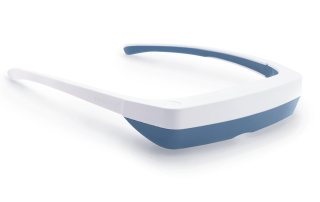

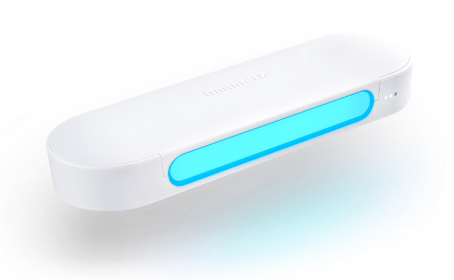
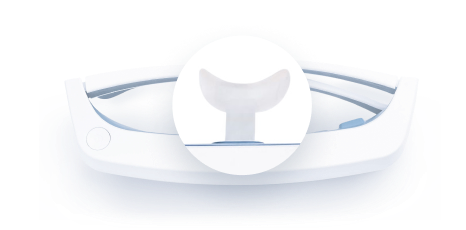
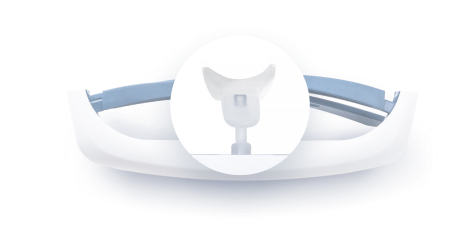
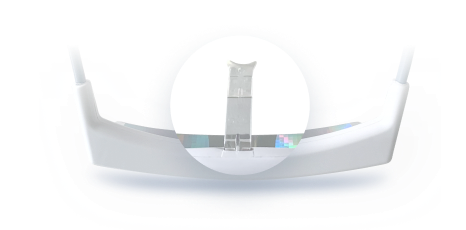
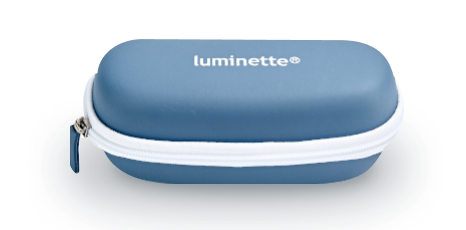
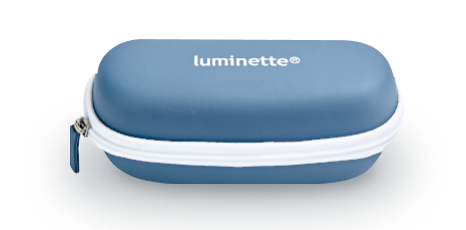
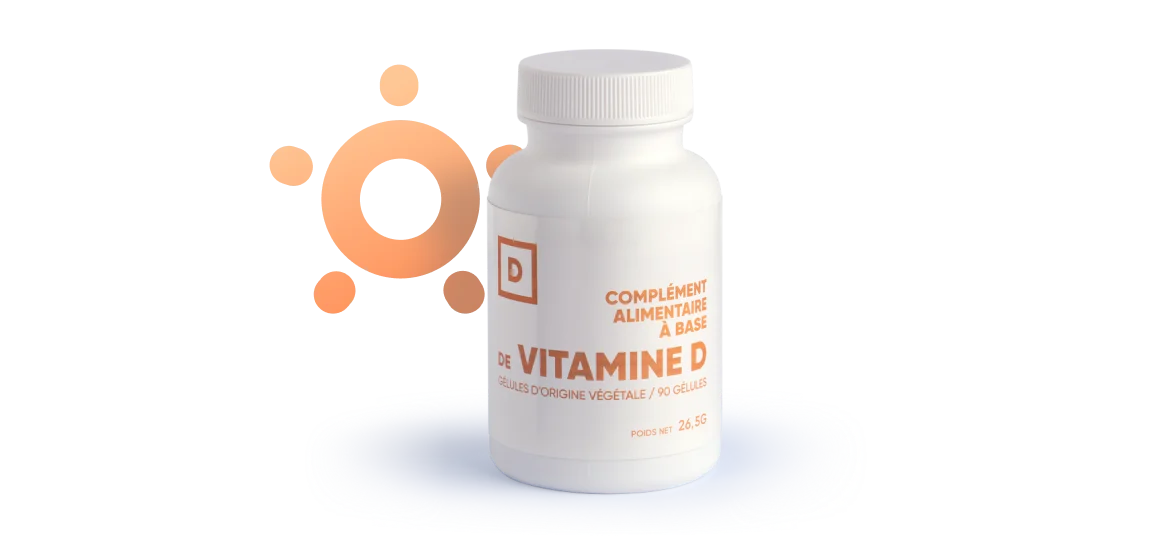
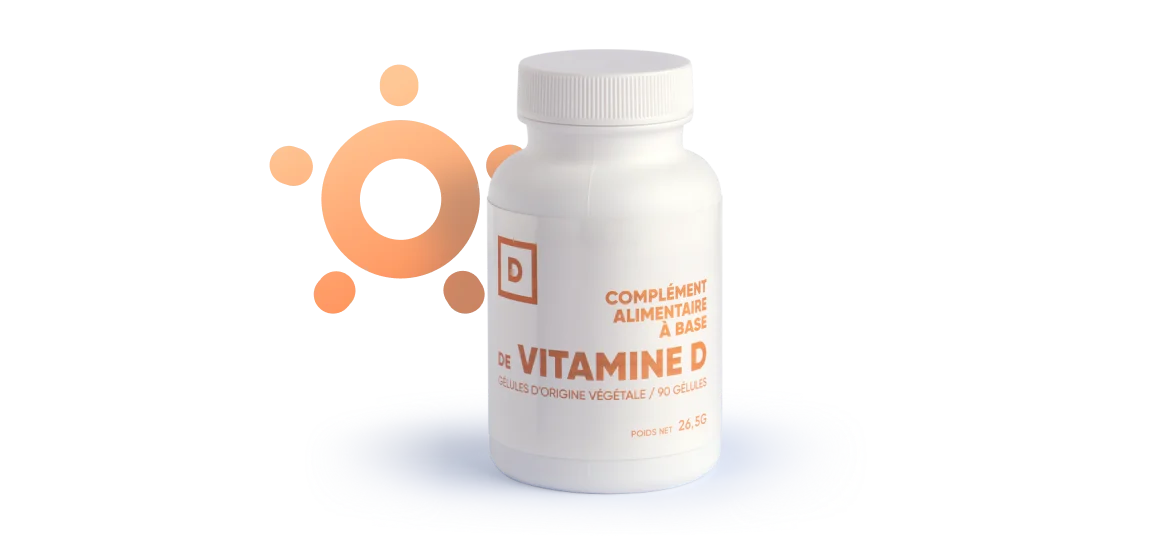



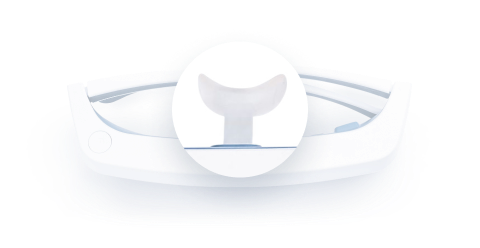
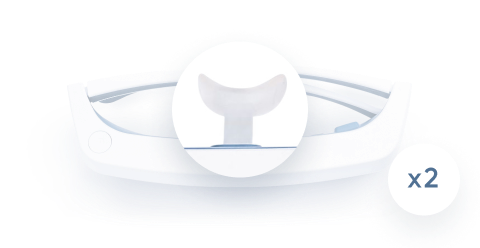
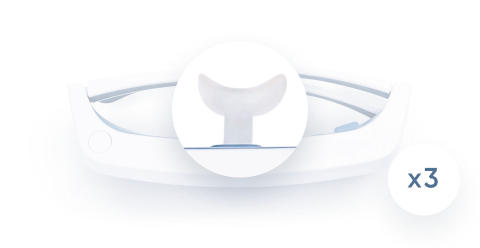
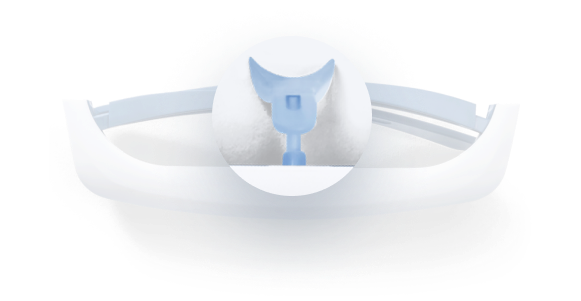
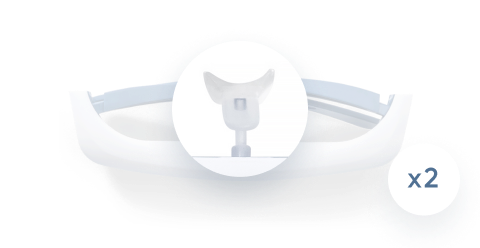
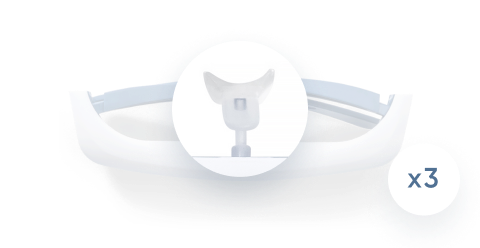



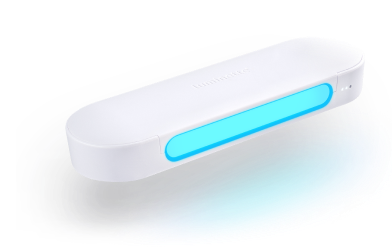
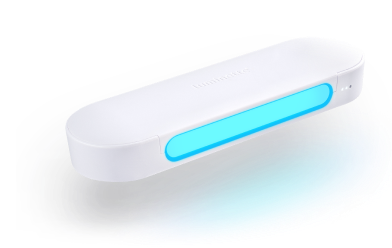

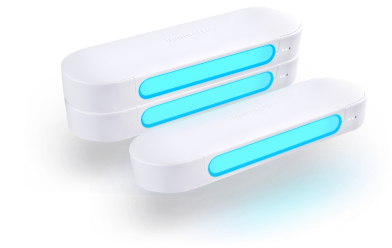
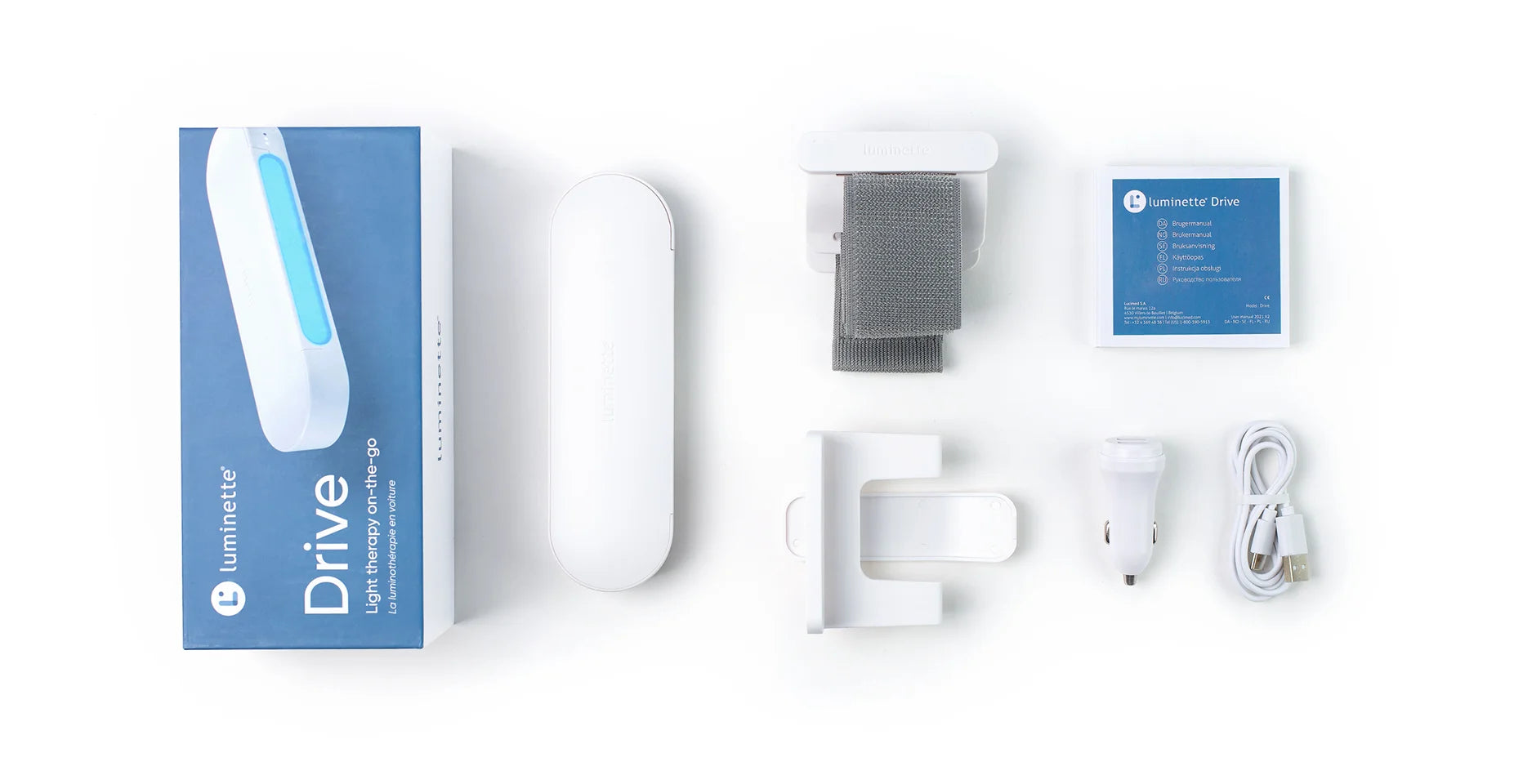
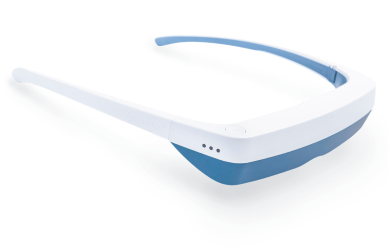

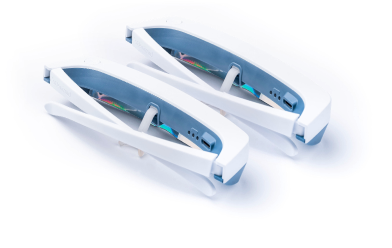
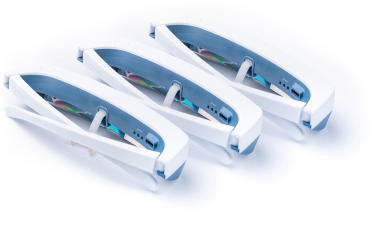

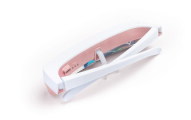
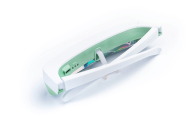
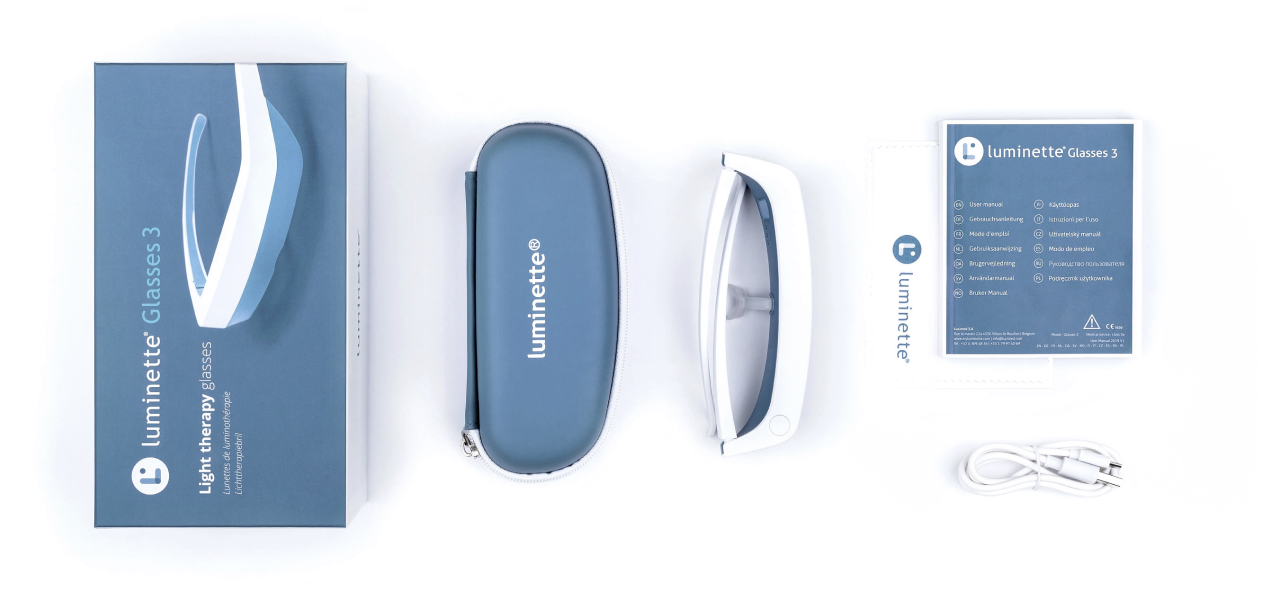

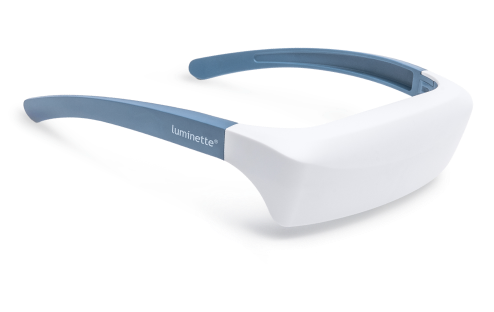
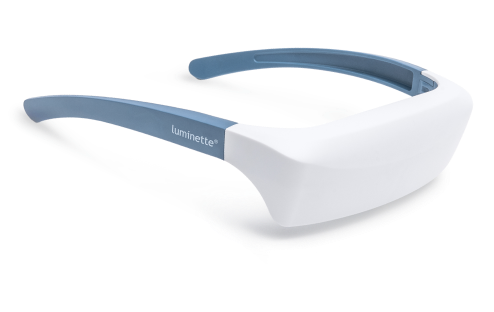
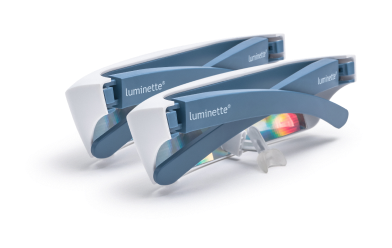

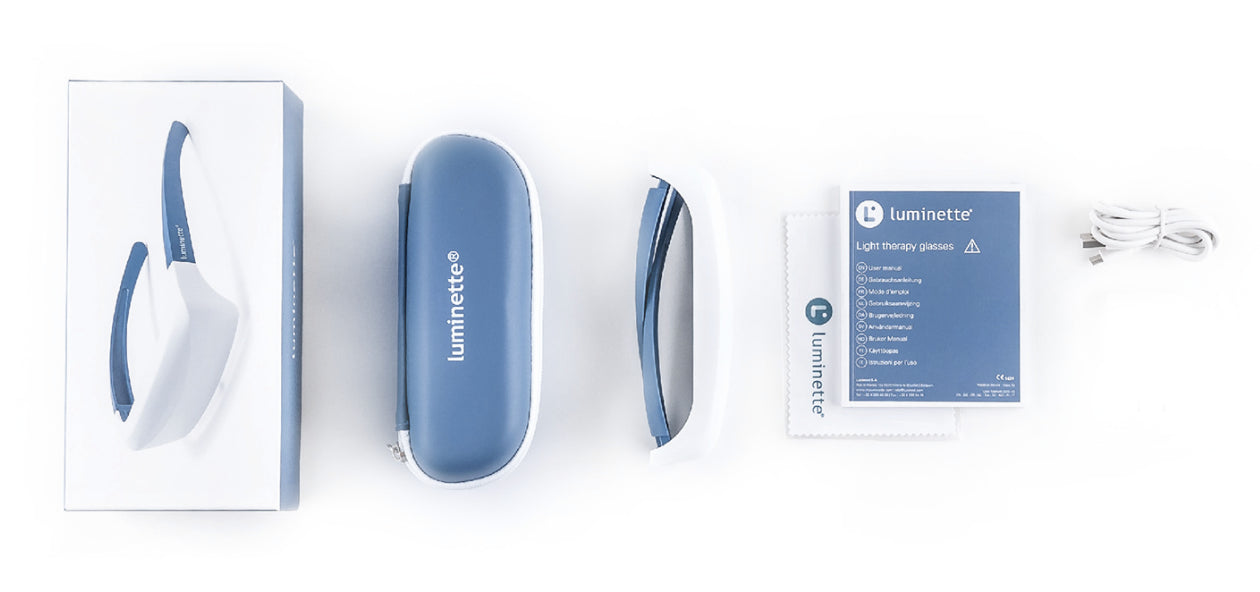

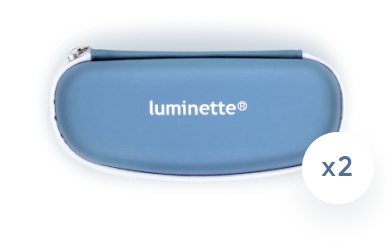





 Proszę zwrócić uwagę
Proszę zwrócić uwagę



